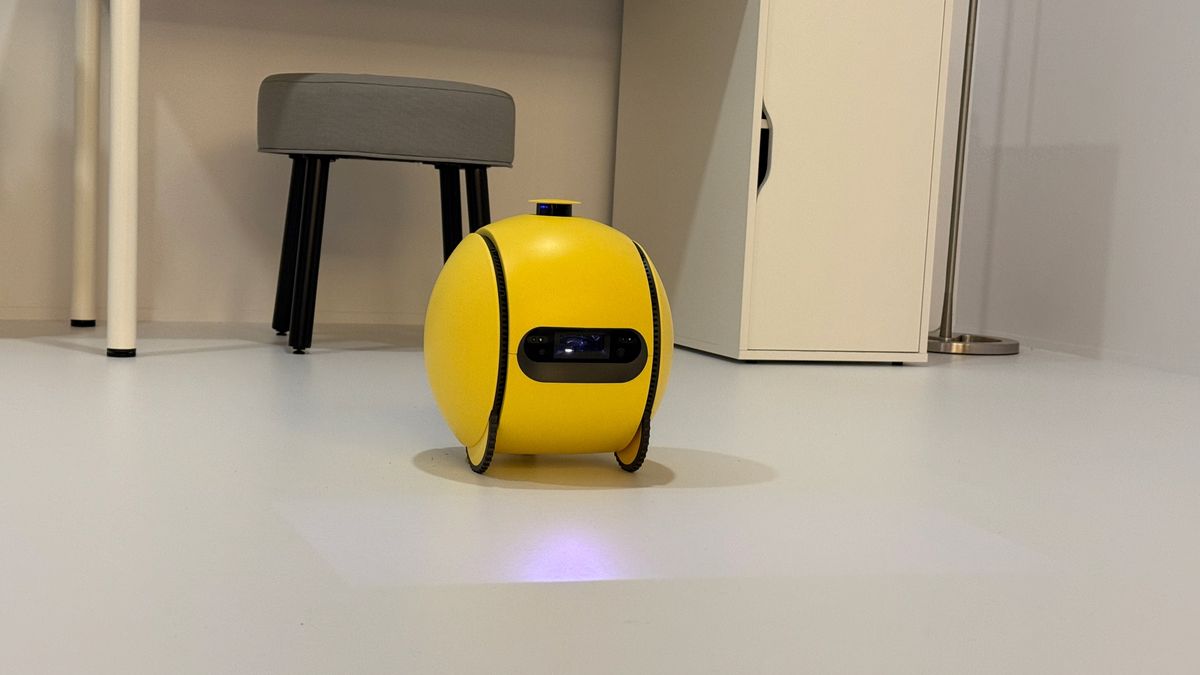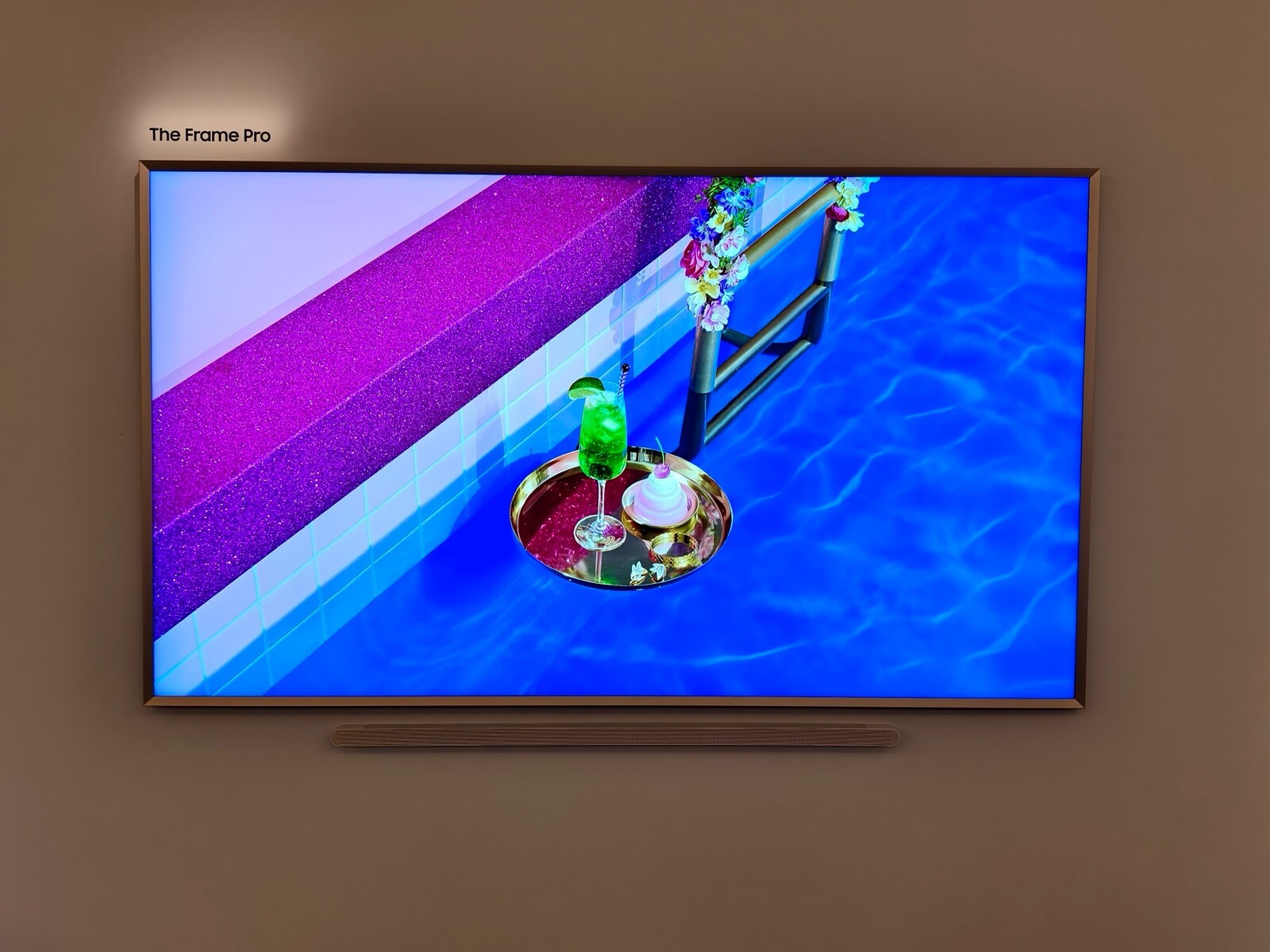Astronomers on Monday discovered the youngest planet outside our solar system, providing insight into the phenomenon of planetary formation. It is believed that this exoplanet is around 11 million years old whereas Earth is approximately 4.5 billion years old.
Named K2-33b, this exoplanet takes just 5.4 days to orbit around its star (K2-33). This also suggests that even the comparatively younger planets are quick to define their orbital distance after their formation.
The astronomers have added all the details associated with the discovery in the Astronomical Journal. The scientific journal was published by the American Astronomical Society.
Categorized as ‘super-Neptune’, the youthful exoplanet is around 470 light years away from the earth, located in the Scorpio constellation. Also, it is believed that these planets form in the vicinity of their star or slowly migrate inward as 13they are created out of thick disks of gas and dust surrounding young stars.
“Erik Petigura, Caltech University, informed that the newborn will help us understand how planets form, which is important for understanding processes that led to the formation of Earth”.
In addition, the newly discovered planet is really hot as well. The reason being, the K2-33b is extremely close to its star; it is approximately 10 times closer to its star compared to Mercury’s proximity to our sun.
As researchers are closely observing the planet in lieu of understanding the planet formation, study co-author Andrew Mann, who is an astronomer at the University of Texas, speculated the formation of terrestrial planets is due to orbital migration patterns of the close-in planets.
The astronomer further stated, “If Jupiter or Neptune had migrated inward after the terrestrial planets formed, it seems unlikely that our solar system would have an Earth or any of the terrestrial planets at all”.
Once again, NASA’s Kepler Space telescope is the reason behind this discovery and then astronomers conducted additional observations with telescopes to define the properties of K2-33b.








